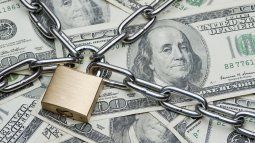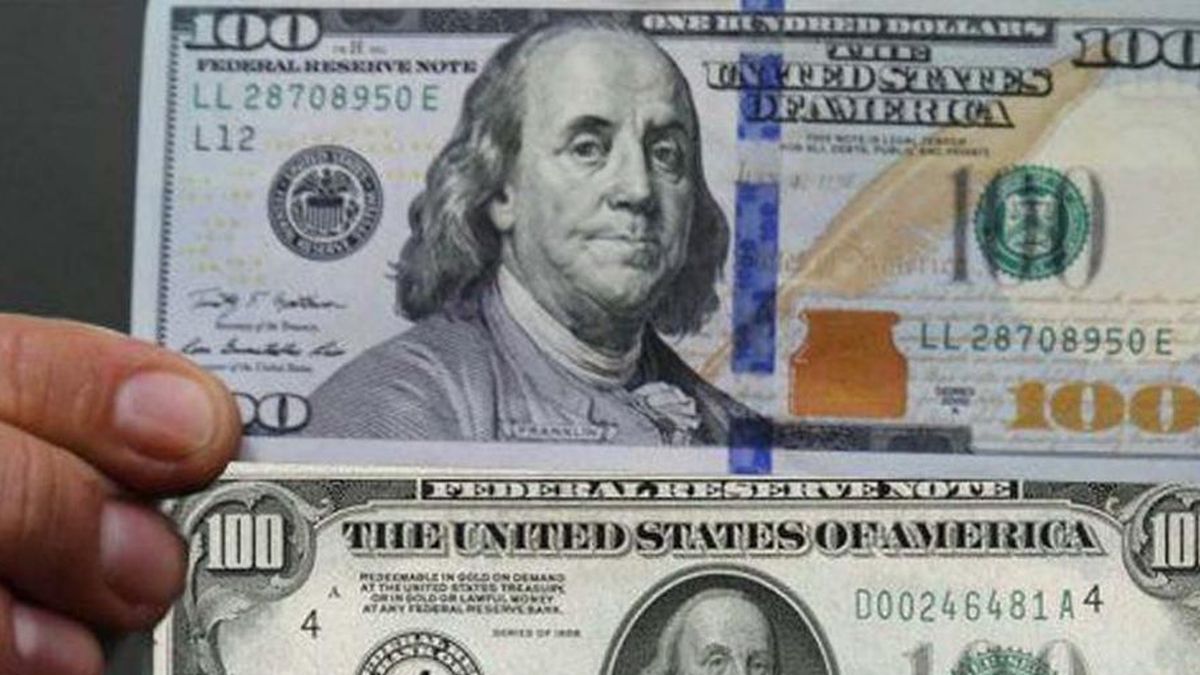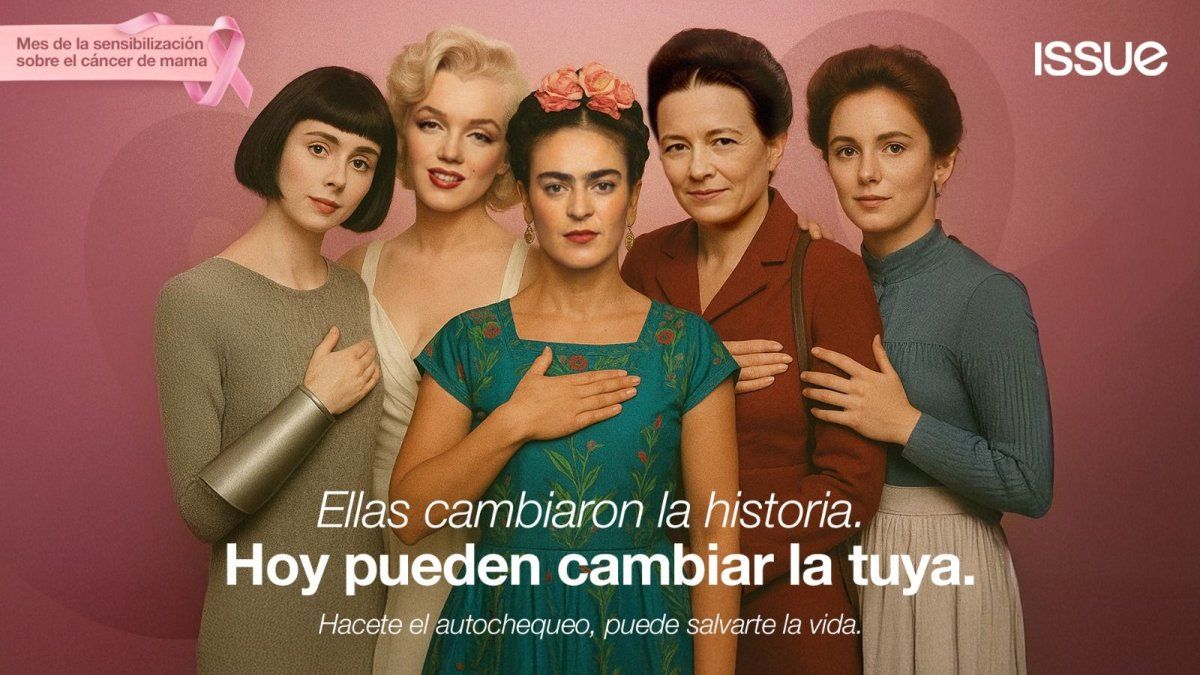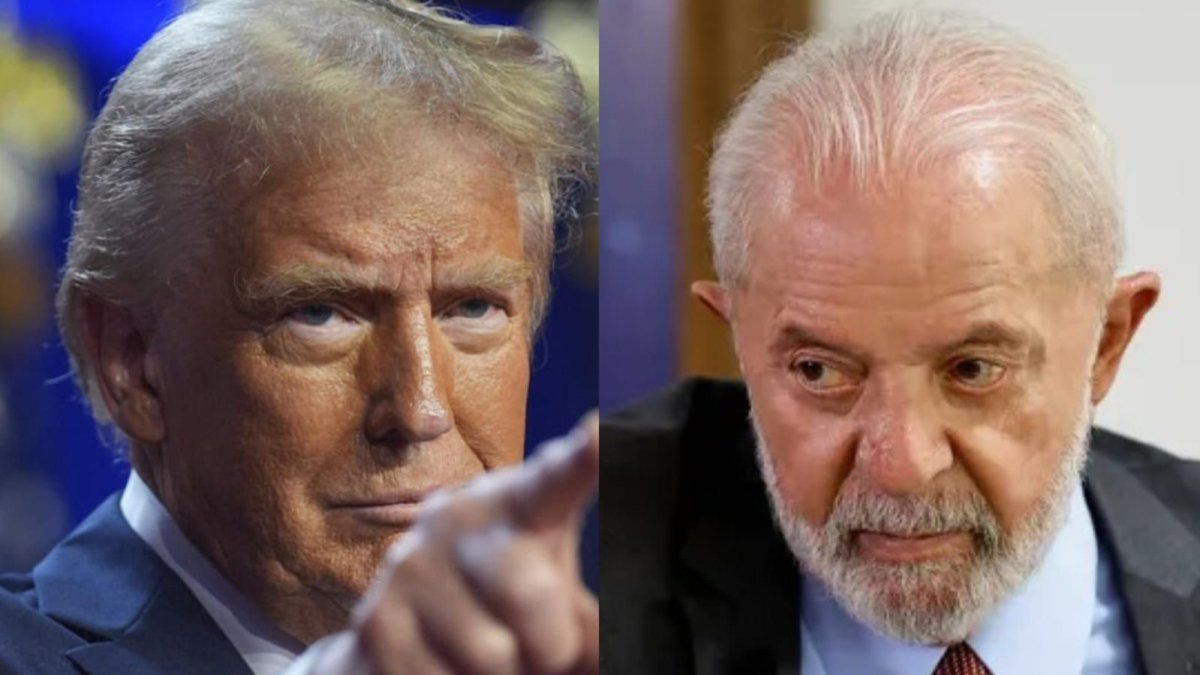In the midst of the money laundering, the Central Bank regulated the voluntary acceptance of banknotes by financial institutions at no cost. But the Federal Reserve imposes one more condition to be taken into account.
He Central Bank (BCRA) enabled Since August 1, the voluntary reception of bills of damaged US dollars by financial institutions at no cost.
The content you want to access is exclusive for subscribers.
The scheme, which will be maintained until December 31, will seek to encourage deposits in foreign currency despite the currency situation, within the framework of the Asset Regularization Regime or better known as “money laundering.” In addition, it added a new criterion for the guidelines applied in the informal circuit, such as, for example, those directed to the “small” face notes. The blue dollar operatorsThey often reduce their quoted price by up to 5%.


However, paragraph 5 of point 2 of the section “Conditioning of banknotes and thousands for the deposit of US dollar banknotes” belonging to the official text provides for a reservation derived from the Federal Reserve that makes an eventual classification of “suitable or unsuitable” impossible.
Which dollar bills does the Federal Reserve not accept?
The annex “Preparation of banknotes and thousands for the deposit of US dollar banknotes” of the Communication A 8079 warns that deposits in US dollar billsThey must meet the requirements established by the Federal Reserve for conditioning the values, according to the visual reference guide.
According to the document, The Federal Reserve does not accept banknotes that are considered “mutilated.”
According to the next paragraph, “mutilated” bills are those that have been damaged to the extent that half or less of the bill remains, or their condition is such that their value is questionable. For example: burned or damaged by liquids that cannot be handled without compromising their integrity.
The Embassy of the United States In Argentina, it signs a sort of rule on its portal as a guide to proceed with its discrimination:
“They must clearly not be more than half of the original bill and (or) be in such a condition that the value is doubtful and a special analysis is necessary to determine its value,” he warned.
In return, the diplomatic mission adds that, meanwhile, extremely dirty, grimy, defaced, disintegrated, torn or worn notes may be exchanged through any local bank, considering:
- More than 50% of a bill identifiable as United States currency is present; or
- 50% or less of a bill identifiable as United States currency is present and the method of mutilation and supporting evidence demonstrate to the satisfaction of the Department of the Treasury that the missing parts have been completely destroyed.
Source: Ambito




